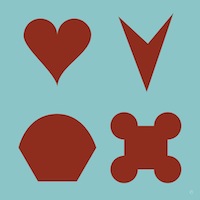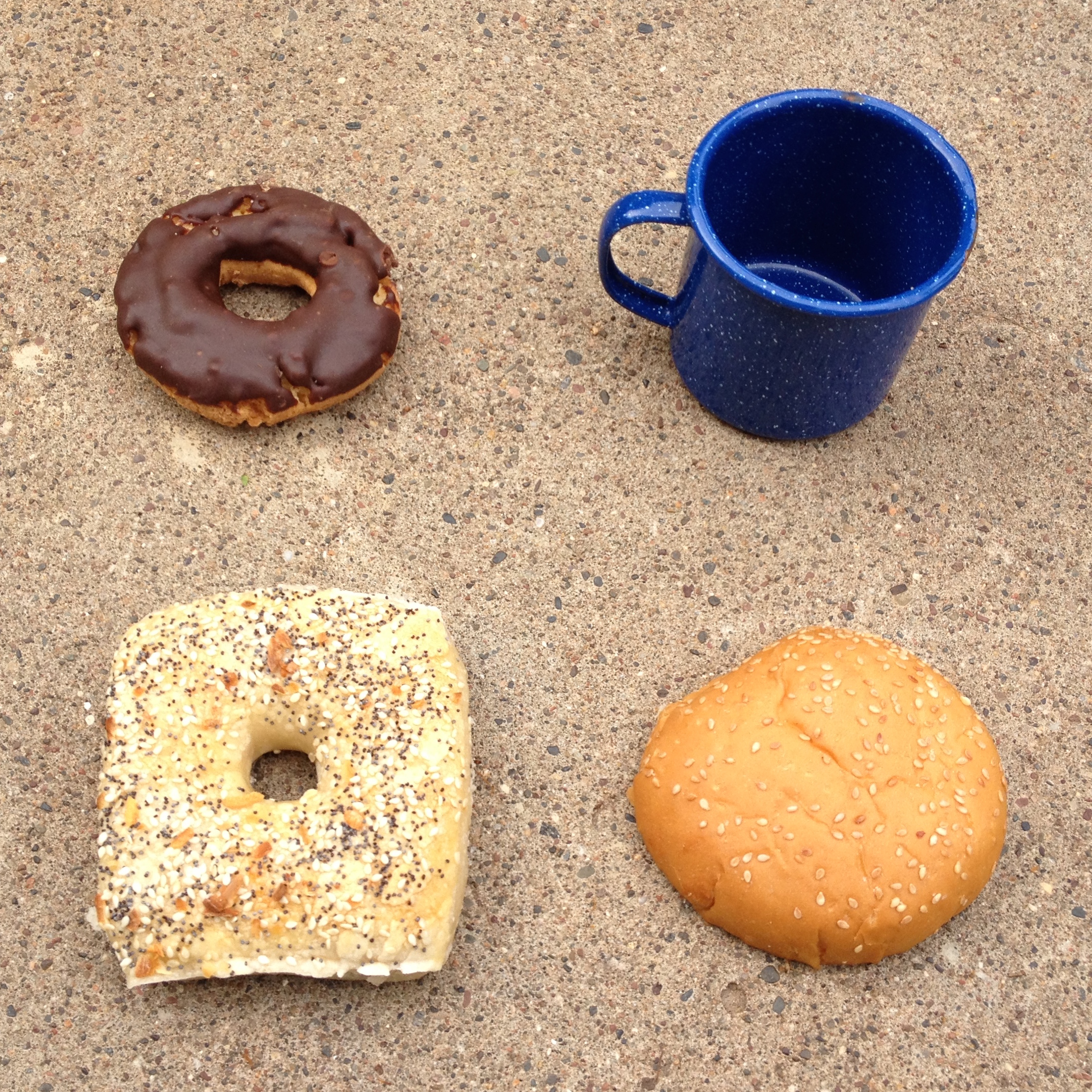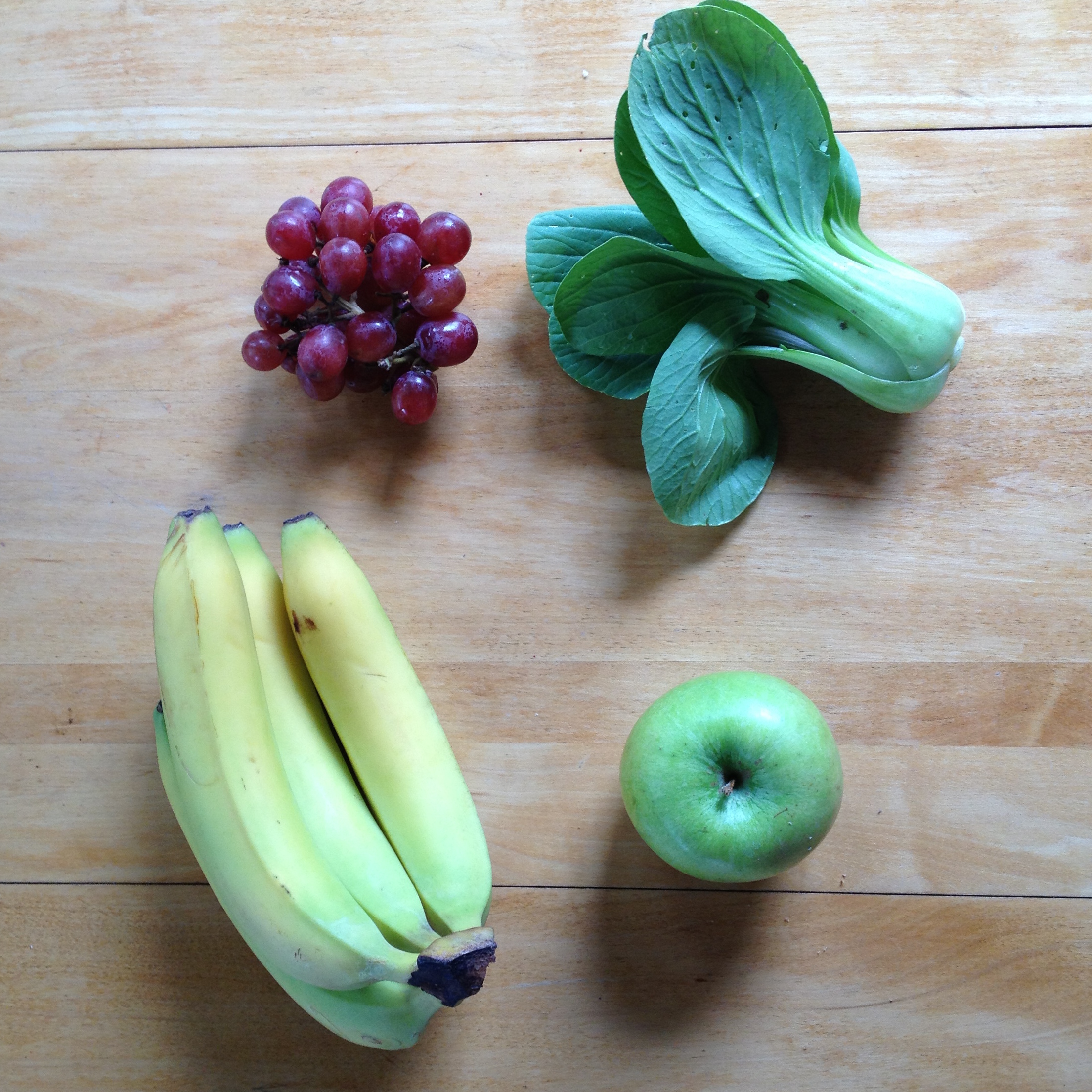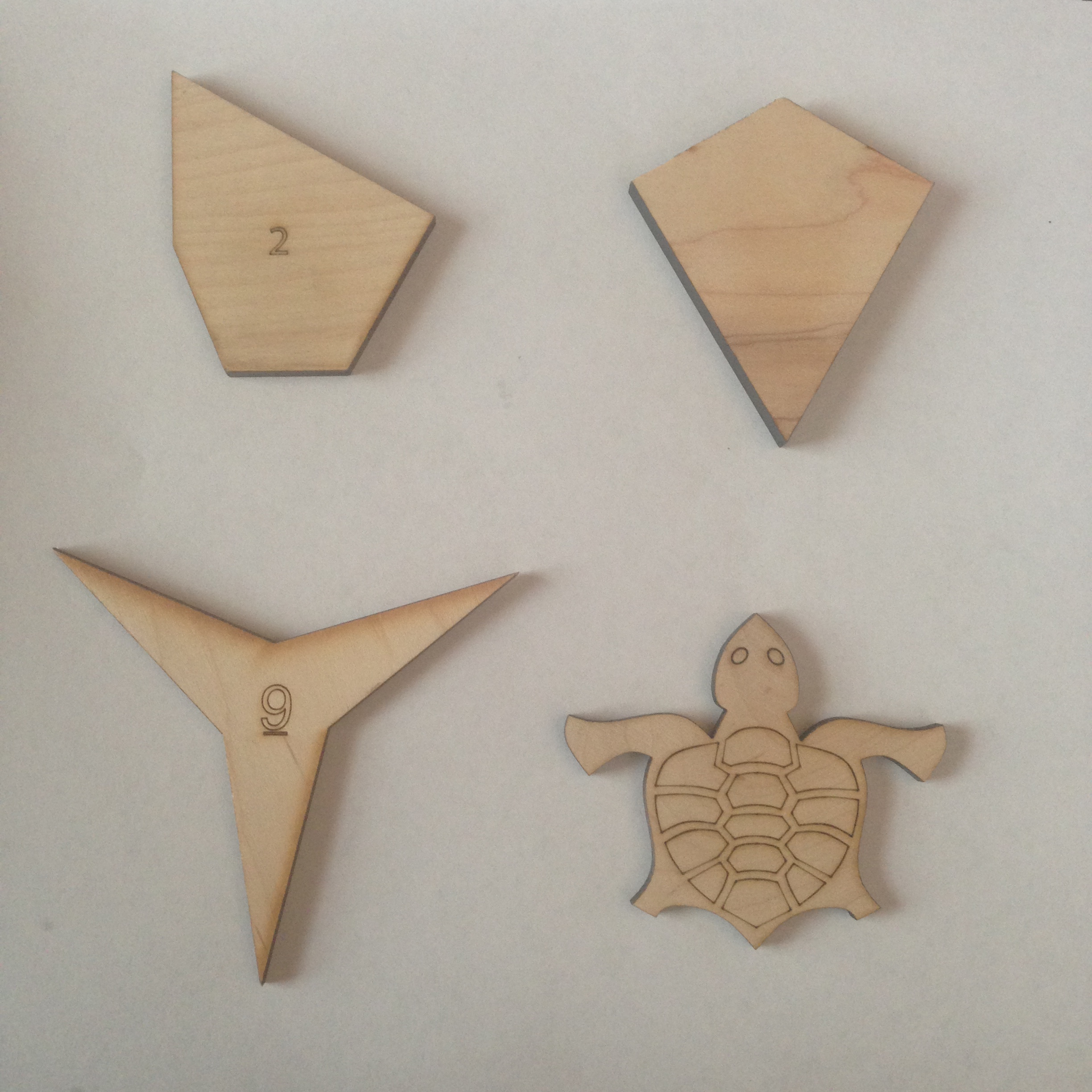IMPORTANT NOTE: The moment alluded to below has arrived! Which One Doesn’t Belong? is now available from Stenhouse as a student book (awesome for home reading, too!) and a teacher guide.
As a result, I have removed all links to the version I was previously distributing free.
—
There are many shapes books available for reading with children. Most of them are very bad. I have complained about this for years. Now I have done something about it. Most shapes books—whether board books for babies and toddlers, or more sophisticated books for school-aged children—are full of misinformation and missed opportunities. As an example, there is nearly always one page for squares and a separate one for rectangles. There is almost never a square on the rectangles page. That’s a missed opportunity. Often, the text says that a rectangle has two short sides and two long sides. That’s misinformation. A square is a special rectangle, just as a child is a special person. After years of contemplation, I had a kernel of an idea the other night. The kids are back in school before I am, so I had some flex time available. One thing led to another and voilá. A better shapes book. (Links removed—see above note.)
How to use this book
On every page are four shapes. The question is the same throughout the book—which one doesn’t belong? For example, which shape doesn’t belong in this set? If you are thinking, “It depends on how you look at it,” then you’ve got the idea.
- The bottom left shape doesn’t belong because it’s not shaded in.
- The top left shape doesn’t belong because it only has three sides, while the others have four.
- The top right doesn’t belong because it is the only square.
- The bottom right doesn’t belong because it’s the only one resting on a side.
Maybe you have different reasons for some of these. That’s great! The only measure of being right is whether your reason is true. With an infant, you can use this book like any other shapes book. Look at each page together. Point at each shape and talk about it as you snuggle. With a young child, ask which one doesn’t belong and why. Most pages in the book have at least one shape that a young child can identify as not belonging. Join the conversation by pointing out a different shape that doesn’t belong for some other reason. With an older child, challenge yourselves to find a reason for each of the 44 shapes in the book. There is no answer key. This is intentional–to encourage further discussion, and to encourage you to return to the book to try again. I have tested the file out on the Kindle app on my iPad, and it looks good. I made one printed copy and prefer it to the e-version because I can leave it out for browsing and we can touch the shapes without accidentally turning the page.
The legal details
I owe thanks to Terry Wyberg at the University of Minnesota, who regularly plays the “Which one doesn’t belong?” game with numbers in professional development sessions; to Megan Franke at the University of California, Los Angeles, who adapted the old Sesame Street game “One of these things is not like the others?” and to my online colleagues including but limited to Justin Lanier, Megan Schmidt, Dave Peterson, Matt Enlow and Andy Rundquist.
Some additional prompts
The following Which One Doesn’t Belong? prompts are yours to use in your classroom or home. If you’d like to share them more widely, please link people here. Thanks.








